There are so many types of stretches available to relieve sciatica pain. Each one is designed to target a specific muscle, tissue, and direction. With the countless number of stretches to help this, it is helpful to categorize them into specific groups. I’m a huge fan of starting with planes of motion, then to joints, and then to muscles/soft tissue.
Planes of motion is kind of like looking at a three dimensional image. Instead of length, width, and height/depth; planes of motion are classified into frontal plane, sagittal plane, and transverse plane. For the spine it would be group into bending forward/backward (sagittal plane), side to side bending (frontal plane), and twisting (transverse plane).
Side bending is a type of stretching exercise that can help to relieve sciatica pain through a couple different mechanisms. It can stretch out muscles, open up joints, and even help reduce a herniated disc that is bulging posteriolaterally (back and towards the side). The cause of pain will dictate the direction of the side bending (towards or away from the pain).
If the cause of pain is due to a muscle spasm, side bending can stretch the muscle out gently causing it to relax. A relaxed, or normal functioning muscle will move correctly and minimize any nerve irritation. If this is the cause of pain, then stretching to elongate the muscle can help, and this can be either away or towards the side of pain. Once this muscle is addressed, it is important to determine the cause of the tightness. Is it because the muscle is working too hard/not enough, or is posture?
If the pain is caused by a herniated disc, usually bending towards the side of pain can be helpful. This works by “closing” down on the bulge, and theoretically push the contents of that disc back in towards the middle.
If the pain is caused by arthritis and a narrowing of the foramen, or even the facet; then leaning away from the side of pain can be helpful. This will result in an “opening” of the area, allowing the nerves that form the sciatic nerve to move freely.
Usually arthritis and herniated discs are diagnosed via MRI. However, some research has shown that a growing percentage of abnormal findings (disc issues or arthritis) without pain increases as we age. Therefore, the best way to determine the direction of side bending is to see how you respond to each direction.
Here’s a video on how to properly do a side bend. This is one of many videos that can be found in our Sciatica Protocol (which is only $9.99 for processing) Your preferred direction will be based on how you respond to the stretch. Feel better leaning towards the pain? This direction is for you. Feel better when leaning away from the pain? Go in that direction. I like to start off with 10 reps, and complete it a few times per day.
In addition to stretching the muscles in your lower back and hips, side bending can also help to improve your posture. You may notice that your standing posture can affect how you feel. In other terms, this side bend can correct a “postural shift”, meaning that it can help get your shoulders back to being stacked on top of your hips.

